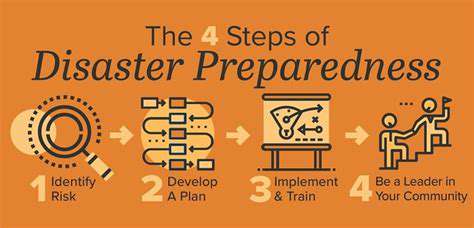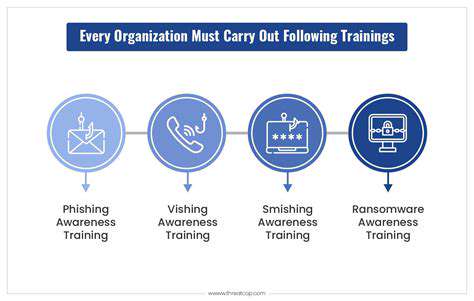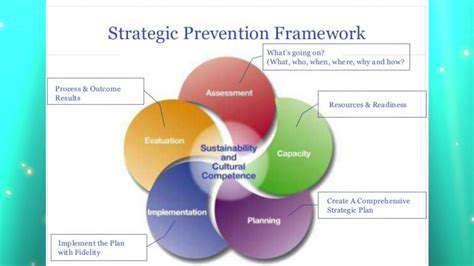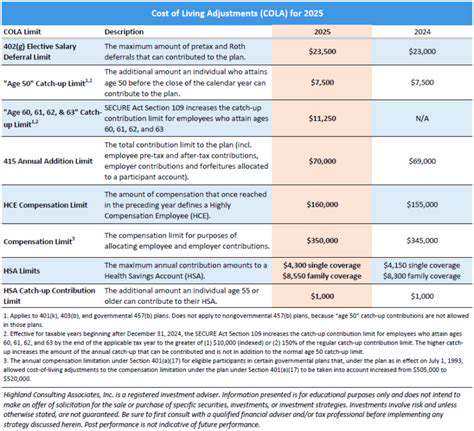How to Prepare for a Pet Emergency [Checklist]
Essential Supplies for Your Pet's Safety
Every pet owner should prioritize creating a thorough emergency kit to protect their companion in unpredictable circumstances. This lifesaving collection must address your pet's unique requirements, including nutrition, hydration, medicines, and health documentation. By carefully preparing these items, you'll equip your beloved animal with critical tools to endure emergencies while supporting their comfort and recovery.
Food and Water: The Foundation of Preparedness
Sustaining adequate food and water reserves becomes absolutely vital when disaster strikes. Calculate your pet's daily consumption and assemble at least one week's worth of provisions. Store water in sealed containers to prevent contamination. During extreme weather or power failures, having ample clean water could mean the difference between life and death for your furry family member.
Select premium pet food matching your companion's specific nutritional profile. For pets with sensitivities or special diets, pack suitable substitutes to maintain their health during stressful situations.
Medications and Medical Records: Vital for Continued Care
Pets requiring regular medication need an emergency reserve lasting several days. Protect their complete medical history - including vaccination records, allergies, and chronic conditions - in waterproof packaging within the kit. These documents enable veterinary professionals to deliver appropriate care quickly when every minute counts.
First-Aid Supplies: Addressing Minor Injuries
A well-equipped pet first-aid kit handles common injuries effectively. Stock disinfectants, wound dressings, medical tape, and vet-approved pain management solutions. Learning fundamental first-aid techniques empowers owners to stabilize their pets until professional help becomes available.
Identification and Contact Information: Ensuring Safe Return
Outfit your pet with a durable collar featuring legible identification tags. Microchipping provides permanent backup identification. Waterproof copies of vaccination records and medical history in your emergency kit assist with quick identification and proper medical treatment if you become separated.
Emergency Contact Information: Crucial for Support
Compile critical contacts including your regular veterinarian, 24-hour animal hospitals, local shelters, and trusted pet caretakers. Preserve this list in waterproof format within your kit. Immediate access to these resources facilitates rapid coordination during chaotic situations.
Essentials for Travel: Preparing for Evacuations
Include transport necessities like a sturdy carrier, secure leash, and all required travel paperwork. A proper carrier ensures safe relocation while leashes maintain control in unfamiliar environments. Complete documentation (including microchip details) simplifies identification and shelter placement during crises.

4. Disaster Preparedness: Preparing for Different Scenarios

Understanding the Importance of Disaster Preparedness
Effective emergency planning forms the cornerstone of responsible pet ownership and community resilience. Thorough knowledge of regional threats - whether earthquakes, floods, wildfires, or storms - enables tailored preparation that saves lives. By analyzing potential impacts on your household, you create defenses against nature's unpredictability, transforming fear into actionable strategies.
A robust emergency plan transcends basic checklists, evolving into a living document that safeguards your entire family - pets included. This dynamic strategy should map evacuation paths, establish communication protocols, and catalog emergency service contacts. Regular drills cement this knowledge, ensuring calm, coordinated responses when seconds matter most. Such preparation builds psychological resilience alongside physical readiness.
Essential Supplies and Resources for Disaster Preparedness
Strategic stockpiling of emergency provisions often determines survival outcomes. Your core kit should contain non-perishable food, water purification methods, medical supplies, and an alternative-powered information source. This carefully curated collection serves as your lifeline when normal infrastructure fails, bridging the gap until help arrives or conditions stabilize.
Beyond physical supplies, safeguard critical documents including identification papers, insurance policies, and medical histories. Waterproof storage or encrypted cloud backups ensure accessibility amidst chaos. These records prove indispensable when rebuilding lives disrupted by catastrophe, accelerating recovery processes and reducing bureaucratic obstacles.
Effective emergency planning incorporates redundant communication methods. Designate both local and regional rally points to facilitate family reunification. Establishing multiple contact protocols accounts for potential network failures, maintaining critical information flow when conventional systems collapse. These preparations foster unity and decision-making capacity during prolonged crises.

Read more about How to Prepare for a Pet Emergency [Checklist]
Hot Recommendations
- Review: [Specific Brand] Small Animal Cage
- Why Rescuing Pets Saves Lives
- Best Pet First Aid Kits [What to Include]
- How to Help Stray Animals in Your Community
- Guide to Adopting a Pet When You Have Kids
- Top Reptile Heat Lamps
- Heartwarming Rescue Stories That Will Inspire You
- Review: [Specific Brand] Bird Cage
- Best Aquarium Filters [2025 Review]
- Review: [Specific Brand] Smart Litter Box

![Review: [Specific Brand] Smart Pet Door](/static/images/33/2025-05/EaseofInstallationandSetup.jpg)

![Review: [Specific Brand] Dog Toy [Specific Type]](/static/images/33/2025-05/ValueforMoneyandAlternatives.jpg)
![Best Pet Strollers [For Seniors or Injured Pets]](/static/images/33/2025-05/ImportantConsiderationsBeforePurchase.jpg)






